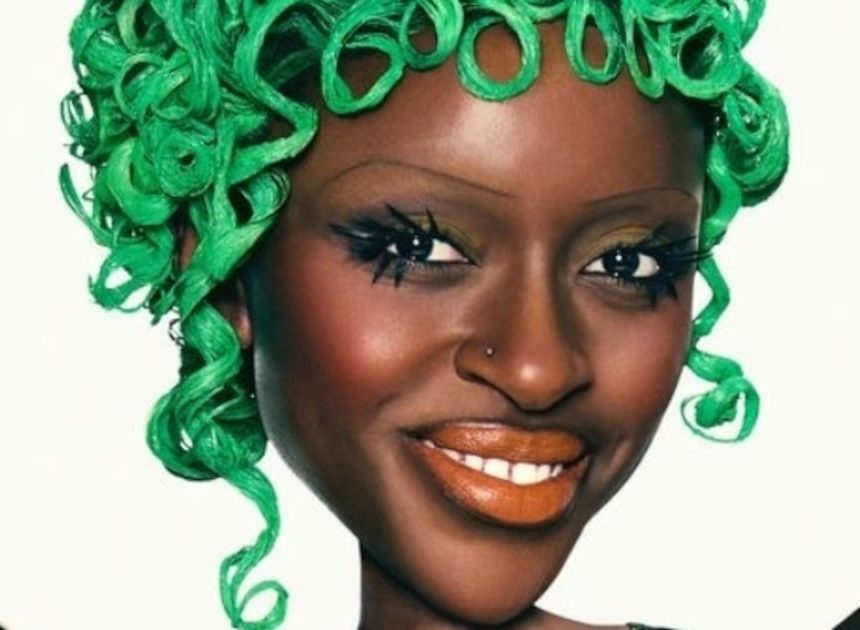Chemical and Physical Exfoliants
Chemical peels help break down the bonds securing dead skin cells to the skin’s surface. “Exfoliate the top layer of the skin without the microdamage of scrubs or other physical exfoliants,” says Dr. Alemi, who notes that physical exfoliants are best for oily or younger skin types for this reason. Whichever you choose, you’ll want to start by exfoliating once or twice a week to see how your skin tolerates it; while chemical exfoliants come in different strengths and types, which makes it easier to find the right one for your skin’s needs, you may experience irritation at first. “When using exfoliants, it’s important to be mindful of sun exposure and wearing an SPF,” adds Dr. Alemi. Removing that top layer of skin will make you more sensitive to UV rays.
Salicylic Acid
Salicylic acid, a beta-hydroxy acid exfoliator, is one of most popular and powerful options for combating clogged pores. While alpha-hydroxy acids like glycolic and lactic exfoliate on the skin’s surface, “salicylic acid is lipophilic, which means oil-loving,” explains Dr. Kseniya Kobets, board-certified dermatologist at Montefiore Einstein Advanced Care in Westchester, NY. “It goes deeper, penetrating the pores to clean out the oil and other debris within the oil gland.”
Retinoids
Retinoids aren’t for everyone—they can be too irritating on sensitive skin and should be avoided by those who are pregnant or breastfeeding—but if they suit your skin, they can be a formidable choice for combatting congestion. “Retinoids are used to increase cell turnover, which makes your pores less likely to clog and form blackheads,” explains Dr. Alemi. That accelerated cell turnover can make your skin more sensitive to sun exposure, so be sure to slather yourself daily with SPF if you have a retinoid in your routine.
Strips
While they’re tempting to use frequently, Dr. Alemi recommends using them only occasionally, as they’re no substitute for professional manual extraction. “If you have sensitive skin, you should avoid strips as both the adhesive and the removal process can be irritating,” he adds.
Pimple Patches
There are two types of pimple patches—those that are solely made of hydrocolloid with zero active ingredients, and those that are infused with ingredients like salicylic acid and tea tree oil. The former can be worn throughout the entire day without risk as they’re essentially little skin shields that protect a pimple while creating an environment that supports healing. The latter should not be worn all day, says Dr. Alemi, as the potent actives can cause irritation. “Because they’re made to hide highly concentrated treatments, it’s important to remove them as directed and not think of them as a fashion statement that can stay on from morning to night,” he explains.
Masks
A mask with clay or charcoal can be a helpful temporary fix, says Dr. Yang. “They work by drawing out impurities, oil, and other debris from the pores,” she explains. “I find these best suited for oily skin as they can be drying,” notes Dr. Alemi, who adds that they should be used once weekly for best results.
Devices
Tools like pore spatulas, microdermabrasion devices, and blackhead vacuums are best used in conjunction with a routine that contains salicylic acid, which can further help dislodge pore congestion. However, it’s critical to use a light hand and know your skin’s limitations—devices like these should be avoided by sensitive skin types as they may cause irritation, warns Dr. Alemi.


